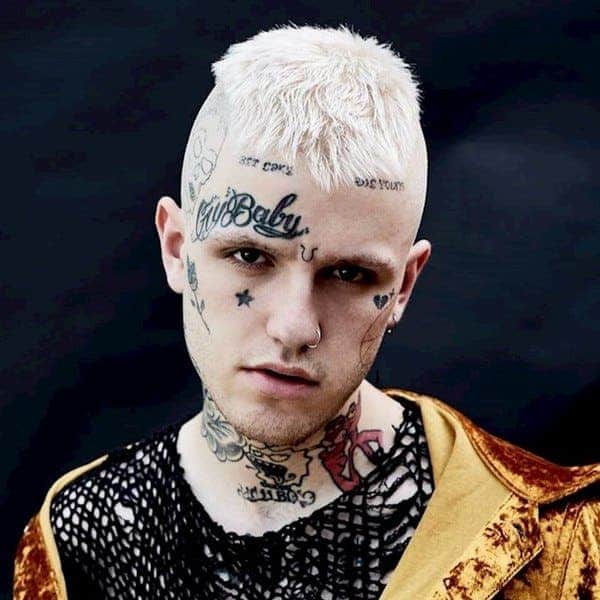
Hip hop culture is often considered as a mirror of current negative issues faced by society, whether it’s poverty, abuse, or corruption. As such, contemporary rap lyrics may provide a unique glimpse not only into the personal lives of the artists but also into today’s most pressing social issues.
In a new study, researchers at the University of North Carolina (UNC) at Chapel Hill analyzed the lyrics of top rap songs released from 1998 to 2018, finding that the proportion of songs that referenced mental health more than doubled in the two decades.
“These artists are considered the ‘coolest’ people on earth right now,” said Alex Kresovich, a doctoral student studying health communication at UNC Hussman School of Journalism and Media. “The fact that they are talking about mental health could have huge implications for how young people perceive mental health or how they look at themselves if they struggle with mental health, which we know millions and millions of young people do.”
Kresovich analyzed the lyrics of the 25 most popular rap songs released in the United States in 1998, 2003, 2008, 2013, and 2018. The researchers found that the lead artists, most of whom were black, referenced anxiety in nearly one-third of their songs, whereas depression and suicide were mentioned in 22% and 6%, respectively, of their songs.
According to Kresovich, who has a background as a music producer, rap artists generally use music as an outlet to reflect the distress felt by themselves but also those around them. The most common mental health stressors were love and life issues, the authors wrote in their study published in the journal JAMA Pediatrics.
Of course, rappers have always reflected on the difficulties of their lives from the very beginnings of hip-hop. For instance, some might remember the 1982 classic The Message, in which Grandmaster Flash says: “Don’t push me ‘cause I’m close to the edge, I’m trying not to lose my head/ It’s like a jungle sometimes, it makes me wonder how I keep from goin’ under”.
However, lyrics describing mental health problems have ballooned in recent years. Sometimes depression and anxiety are laid bare and explicitly referenced, but most of the time metaphors are preferred.
“Using metaphors may be a safe way to avoid being judged,” Kresovich says. “For men, especially men of color, mental health is still stigmatized.
“Artists are treading lightly and aren’t going to say, ‘I’m depressed.’ But what they will do is describe feelings in a way that others with depression can understand and relate to,” he says, adding. “It also just may be really hard to rhyme the word ‘depression’ in a song.”
On one hand, the increasing number of references to mental health problems in rap music suggests that artists are more open to sharing their emotional struggles. On the other hand, the lyrics may also reflect a pattern of growing cases of mental illness and emotional distress among the American population, particularly among those 18 to 25 years old and the black youth, who also represent one of the most significant groups of listeners.
According to a Pew Research Center analysis of data from the 2017 National Survey on Drug Use and Health, the total number of teenagers who recently experienced depression increased 59% between 2007 and 2017.
This generation-wide angst may have fueled a new genre of hip-hop music, known as ‘SoundCloud rap’ or ’emo rap’, whose themes lean heavily towards suicide, depression, anxiety, and prescription drugs. Lil Peep, 21, and Mac Miller, 26, two of the scene’s biggest stars, both died of accidental overdoses in 2017 and 2018.
For now, hip-hop seems to be going through a very sad moment. But that’s only because art imitates life and life imitates art — and life right now seems to be really depressing for Americans.


